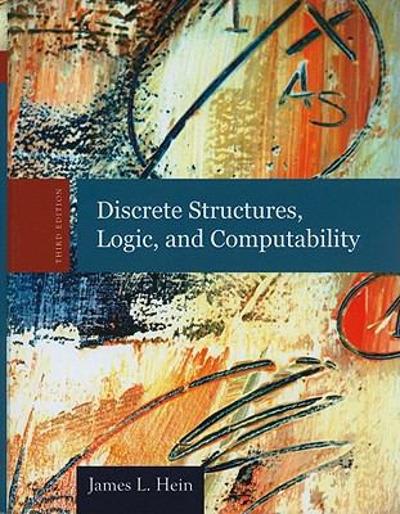Question
A department store sells a broad range of household products and offers a low-cost breakfast in its store restaurants to attract customers into the stores
A department store sells a broad range of household products and offers a low-cost breakfast in its store restaurants to attract customers into the stores early in the day. A manager of one of these stores is making a loss on the breakfasts. He needs to know whether the breakfast attracts customers to shop for the more profitable household items, and he decides to calculate the correlation between the number of customers taking breakfast and the number buying household items. Analyze the following sample data that are collected during the course of one week. Complete parts (a) through (e) below.
| Day | Customers Buying Breakfast | Customers Buying Household Items | |
|---|---|---|---|
| Monday | 72 | 53 | |
| Tuesday | 50 | 43 | |
| Wednesday | 55 | 26 | |
| Thursday | 79 | 55 | |
| Friday | 84 | 36 | |
| Saturday | 294 | 280 | |
| Sunday | 249 |
a) What is the correlation coefficient over the whole week?The correlation coefficient is
(Round to four decimal places as needed.)
b) What is the correlation coefficient over the weekdays only?The correlation coefficient is
(Round to four decimal places as needed.)
c) What is the correlation coefficient on the weekend?The correlation coefficient is
(Round to four decimal places as needed.)
d) How realistic are the above correlation coefficients for analyzing whether the number of customers buying household items is related to the number taking breakfast?
Make an assessment about the correlation in part (a). Choose the correct answer below.
A.
The correlation in (a) is misleading since there are two clusters of data points instead of an overall trend.
B.
The correlation in (a) is misleading since there is a single outlier in the data.
C.
The correlation in (a) is statistically sound since both variables are quantitative and the relationship is linear.
D.
The correlation in (a) is misleading since there is a perfect straight line between all data points.
Make an assessment about the correlation in part (b). Choose the correct answer below.
A.
The correlation in (b) is misleading since the relationship between the data points is not linear.
B.
The correlation in (b) is misleading since the variables are not quantitative.
C.
The correlation in (b) is statistically sound since both variables are quantitative and the relationship is linear.
D.
The correlation in (b) is misleading since there is a single outlier in the data.
Make an assessment about the correlation in part (c). Choose the correct answer below.
A.
The correlation in (c) is misleading since there is a single outlier in the data.
B.
The correlation in (c) is statistically sound since both variables are quantitative and the relationship is linear.
C.
The correlation in (c) is misleading since the relationship between the data points is not linear.
D.
The correlation in (c) is misleading since there is always a perfect straight line between two data points.
e) If the manager wants to extend this analysis with data covering several weeks, which correlations would he calculate?
A.
The manager should separate data for weekends and weekdays and test them separately. The manager should only calculate the correlation coefficients if the scatterplots of that data show a non-linear trend.
B.
The manager should combine weekends and weekdays and test them together. The manager should only calculate the correlation coefficients if the scatterplots of that data show a non-linear trend.
C.
The manager should combine weekends and weekdays and test them together. The manager should only calculate the correlation coefficients if the scatterplots of that data show a linear trend.
D.
The manager should separate data for weekends and weekdays and test them separately. The manager should only calculate the correlation coefficients if the scatterplots of that data show a linear trend.
Step by Step Solution
There are 3 Steps involved in it
Step: 1

Get Instant Access to Expert-Tailored Solutions
See step-by-step solutions with expert insights and AI powered tools for academic success
Step: 2

Step: 3

Ace Your Homework with AI
Get the answers you need in no time with our AI-driven, step-by-step assistance
Get Started


